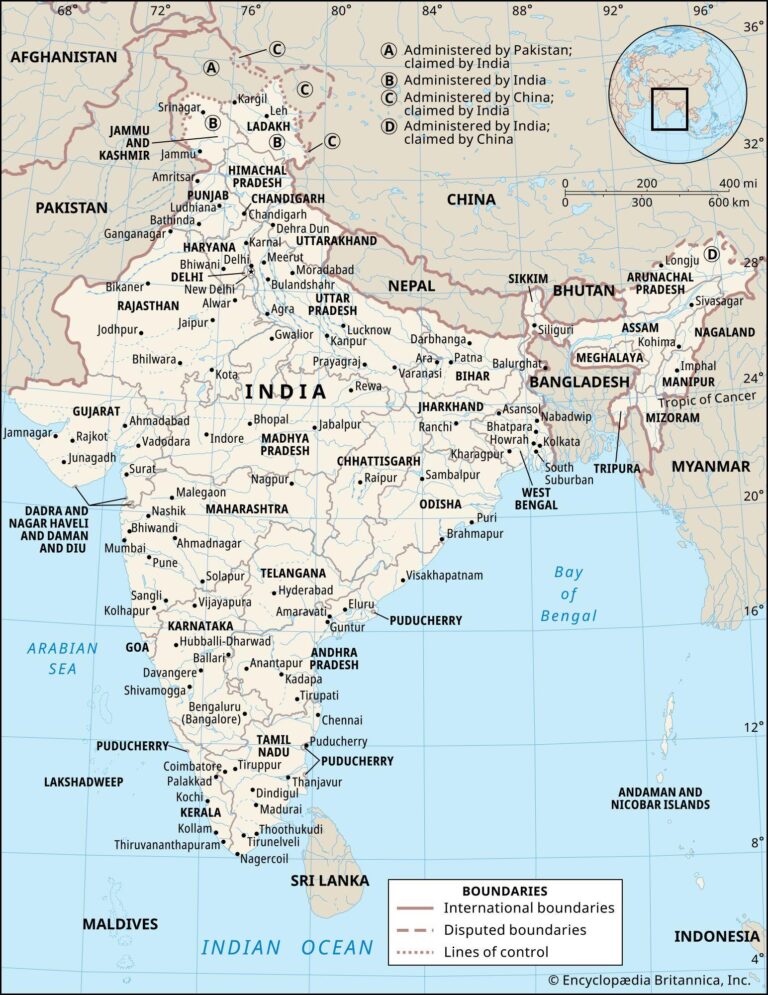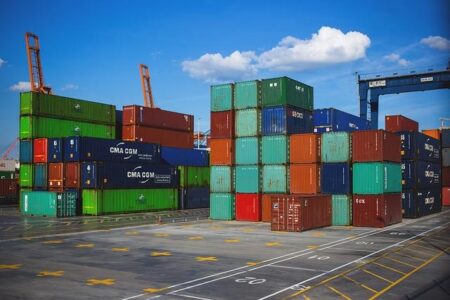India is rapidly emerging as a dominant force on the global economic stage, outpacing established powerhouses such as China, the United States, the European Union, and Germany. Driven by a combination of robust domestic consumption, strategic policy reforms, and a youthful demographic dividend, the nation is rewriting traditional growth narratives. This article explores the key factors behind India’s accelerating momentum, examining how it is transforming challenges into opportunities and positioning itself for sustained economic leadership in the years to come.
India’s Demographic Dividend Powers Economic Growth Beyond Global Leaders
India’s youthful population is emerging as the cornerstone of its accelerating economic momentum. Unlike aging economies such as Japan, Germany, and the EU, India boasts a median age of around 28 years, providing a vast and dynamic workforce that fuels productivity and consumption alike. This demographic vitality is complemented by burgeoning urbanization and rising educational attainments, positioning India as a magnet for global investment and innovation. Key sectors such as technology, manufacturing, and services benefit substantially from this demographic advantage, creating a multiplier effect on economic growth that outpaces even global giants like the US and China.
Several factors amplify India’s demographic-led surge:
- Labor Force Growth: Adding nearly 10 million working-age individuals annually.
- Digital Penetration: One of the world’s fastest-growing internet user bases driving e-commerce and tech entrepreneurship.
- Government Initiatives: Policies aimed at skill development and infrastructure expansion create a conducive environment for sustainable growth.
| Country | Median Age | Annual Labor Force Growth (%) | GDP Growth Forecast (%) |
|---|---|---|---|
| India | 28 | 2.3 | 6.5 |
| China | 38 | 0.2 | 5.0 |
| US | 39 | 0.5 | 2.8 |
| EU | 43 | 0.1 | 1.6 |
| Germany | 47 | 0.0 | 1.5 |
Strategic Reforms and Infrastructure Investments Fuel India’s Rising Competitiveness
India’s recent economic trajectory is a testament to carefully calibrated reforms and vigorous infrastructure expansion. The government’s focus on simplifying business regulations, enhancing tax structures through initiatives like GST, and promoting digital governance has significantly improved the ease of doing business. Moreover, large-scale investments in transportation corridors, urban redevelopment projects, and renewable energy infrastructure have created a robust foundation for sustainable growth. These moves have not only attracted substantial foreign direct investment but have also spurred domestic entrepreneurship, positioning India as a highly competitive player in the global market.
Key sectors benefiting from these strategic efforts include manufacturing, technology, and logistics, where efficiency gains have been palpable. The rollout of industrial corridors and dedicated freight corridors has slashed transit times and costs, fostering a more seamless supply chain environment. Below is a summary of major infrastructure investments compared with global competitors:
| Country/Region | Annual Infrastructure Investment (% of GDP) | Major Focus Areas |
|---|---|---|
| India | 7.1% | Roads, railways, digital networks |
| China | 5.8% | Urban transit, manufacturing hubs |
| US | 3.2% | Highways, airports |
| EU | 2.9% | Renewable energy, smart grids |
| Germany | 3.4% | Automotive infrastructure, rail |
- Digital India: Accelerating access to technology and e-services.
- Smart Cities: Integrating sustainable urban infrastructure to support rapid urbanization.
- Logistics Reform: Creating efficient freight corridors and reducing bottlenecks.
Policy Recommendations to Sustain India’s Momentum in the Global Economic Race
Enhancing infrastructure and fostering innovation must remain at the core of India’s strategic agenda. Prioritizing investments in digital infrastructure, renewable energy, and smart cities can secure India’s competitive edge while bridging regional disparities. Equally vital is reforming labor laws to strike a balance between flexibility and worker protection, encouraging a more dynamic job market. To sustain growth, India should also intensify partnerships between academia and industry, fueling research and development that can translate into scalable homegrown technologies.
A comprehensive policy framework should promote ease of doing business through simplified tax systems and streamlined regulatory approvals. Moreover, focusing on skill development programs tailored to future sectors like AI, biotechnology, and green tech will prepare the workforce for tomorrow’s challenges. Below is a snapshot of key policy areas demanding attention to maintain India’s upward trajectory:
| Policy Area | Recommended Action | Expected Outcome |
|---|---|---|
| Infrastructure | Expand high-speed internet, transport networks | Boost connectivity and reduce transaction costs |
| Labor | Modernize laws to support gig economy | Increase employment flexibility and inclusivity |
| Innovation | Increase R&D funding, public-private partnerships | Accelerate tech-driven growth and exports |
| Education | Focus on STEM and vocational training | Develop future-ready skilled workforce |
To Conclude
As India continues to accelerate its economic momentum, surpassing traditional powerhouses like China, the US, the EU, and Germany, the global economic landscape is poised for significant shifts. Factors such as a youthful population, robust domestic demand, and ongoing structural reforms are fueling this growth trajectory. However, challenges remain, including infrastructure bottlenecks and regulatory complexities. How India navigates these hurdles will determine whether it can sustain its current pace and truly redefine global economic dynamics in the years ahead.




